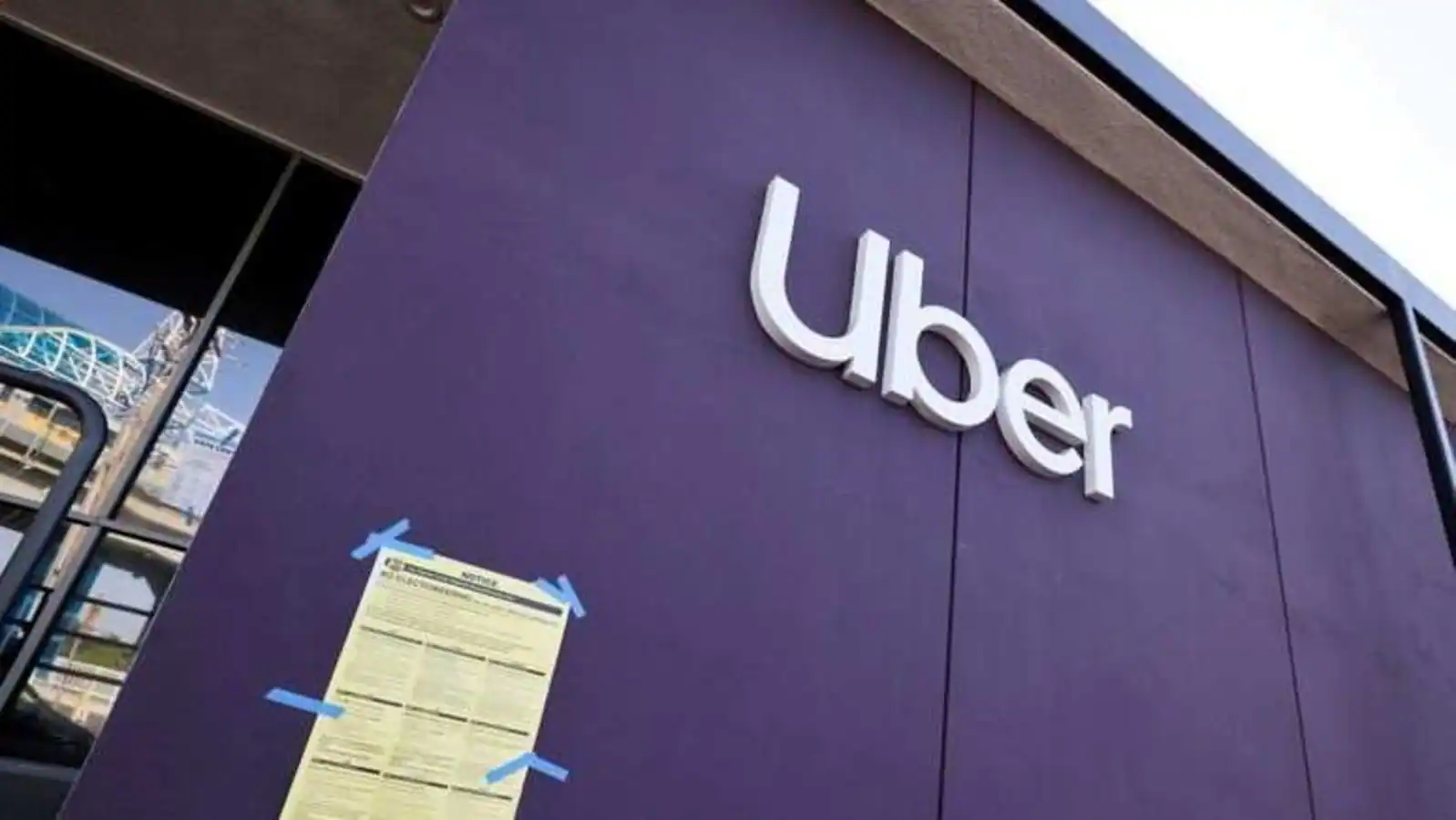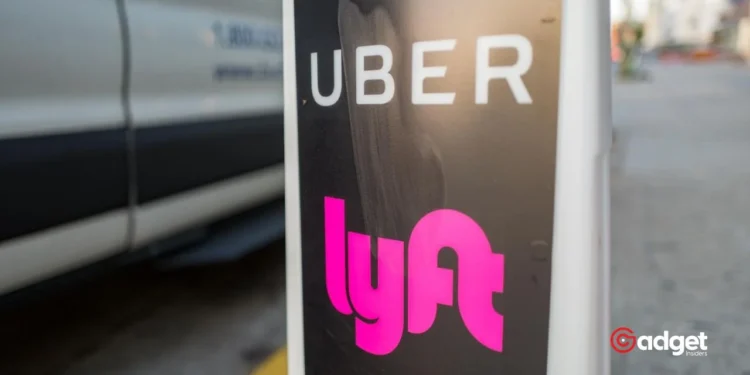Recent investigations have brought to light disturbing instances where platforms such as Uber and Lyft have been misused. Accusations have surfaced involving individuals, some with histories as sexual offenders, using these services to transport unaccompanied minors.
This has led to serious concerns about the effectiveness of the existing protective measures these companies claim to enforce.

In one detailed report by NBC News, the spotlight was thrown on how these platforms have been manipulated to ferry minors to locations where they were allegedly harmed. Such revelations have intensified the debate over how rideshare companies are handling the safety of their younger users.
Uber and Lyft: The Policy Gap and its Implications
While both Uber and Lyft have explicit policies that prohibit minors from riding without an adult, the enforcement of these rules has largely been left to the discretion of individual drivers. This policy setup places drivers in difficult positions, as they often lack the tools or authority to verify the age of passengers effectively.
Does this mean the end of awkward interactions with Uber and Lyft drivers is upon us?
7.1 million miles, three minor injuries: @Waymo’s safety data looks good! Waymo says its cars cause injuries six times less often than human drivers. pic.twitter.com/42euTwFkR5
— Adam Greenbaum (@Greenbaumly) January 3, 2024
“Despite having policies that are supposed to protect them, our teens are still at risk,” a statement from a concerned parent reflects the growing unease among the public. The companies have faced numerous lawsuits alleging negligence, highlighting a significant gap in their duty of care.
A notable legal case involved a 13-year-old who was transported alone over a considerable distance, resulting in a hefty settlement and raising questions about the enforcement of company policies.

Legal and Ethical Challenges
Michael DiPasquale, a lawyer representing a Kansas teenager, criticized Lyft for its prolonged failure to prioritize the protection of minors against sexual exploitation. “Lyft failed to verify the ages of those using their service, which directly compromised the safety of the most vulnerable segment of their users,” DiPasquale remarked.
He further noted that while stringent safety measures might deter some users, they are crucial for the protection of minors.
“The more safeguards they put in place, the harder it is for them to gain users, but what is the cost of not doing so?” DiPasquale posed, pointing to a conflict of interest between company growth and user safety.
Proactive Steps Forward
In response to growing criticism, both Uber and Lyft have initiated new safety protocols, including enhanced driver training and education programs. Uber’s recent rollout includes a 19-minute video aimed at helping drivers recognize signs of human trafficking, part of a broader initiative to educate them on potential abuses.
Looking ahead, it is clear that the rideshare industry must innovate continuously to keep pace with the evolving risks associated with its services.
This includes implementing more robust verification processes for passengers’ ages, intensive training for drivers, and the potential integration of technology to prevent minors from booking rides without proper supervision.

The Road to Safer Rideshares
The dialogue between rideshare companies, regulators, and the public is crucial in navigating these challenges. As technology advances, so too must the strategies to safeguard all users, particularly minors.
The ongoing debates and developments will likely shape the future of rideshare safety, striving for a balance between convenience and security.
The safety of minors in the context of burgeoning rideshare services continues to be a pressing issue. As these companies work to refine their policies and procedures, the public’s role in holding them accountable remains more vital than ever.










